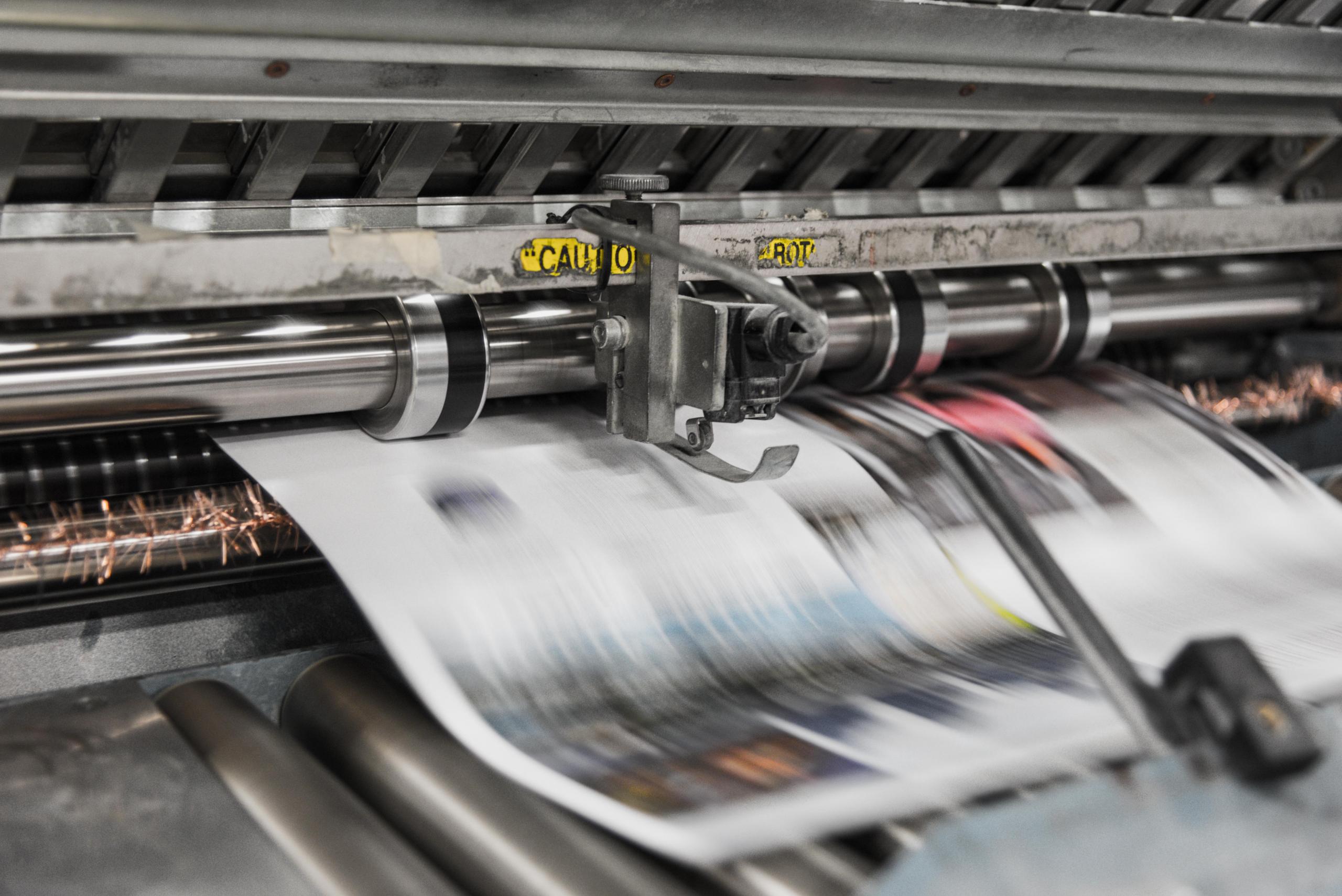+44 (0) 1223 378 000
info@cpl.co.uk
1 Cambridge
Technopark,
Newmarket Road,
Cambridge,
CB5 8PB, UK

The world of printing can sometimes seem like a different language. Our print production manager Damien Green lifts the lid on the fascinating world of print, and explains the pros and cons of some different techniques.
How do you decide whether to print your marketing collateral conventionally or digitally? Various elements of the specification, including choice of stocks, personalisation, timing and cost, need to be considered.
Print quality: which sits prettier?
Historically, offset printing produced results of a higher quality than digital. More recently, with rapid advances in technology, the untrained eye would probably struggle to see the difference.
Printing inks used in the offset process soak into the paper, whereas – with toner-based digital printing – the toner tends to sit on the surface, leaving a characteristic sheen. Digital printing, particularly on uncoated papers, can have a richer, brighter and superior finish, while offset can handle textured and special papers better. HP Indigo digital presses, however, use 'electroink' and now produce results similar to conventional methods.
While offset and digital presses can both handle colour jobs, if a specific brand colour is required, a pantone – or fifth colour – may be needed. These are specially mixed inks, which only offset printers have the capability to handle. Each pantone has a four-colour (CMYK) equivalent, but some reproduce quite differently and tend not to have the same depth or richness.
Time is money
Digital printing is quick and easy to set up, as the design is uploaded onto a computer and printing can begin at the touch of a button. The setup for offset printing takes much longer, as plates have to be made and the press configured. On top of this, getting ink densities correct and colours balanced and registered is time-consuming for many reasons, not least the room temperature and humidity levels. Because of this more complicated setup, the minimum ‘start-up’ charge is higher than that for digital printing. On the other hand, offset printing is usually the more cost-effective option when print runs are high, as the initial costs are outweighed when a certain number is reached. This trigger depends on format and page count.
Personalisation: there’s nothing like seeing your name in print
If you are looking to personalise your print job, digital printing is the best option. It’s quick and easy, and costs no more to set up. Offset printing means extra plates need to be made for each sheet that requires personalisation. However, the two techniques can be combined where a generic ‘shell’ is printed conventionally and any personalisation is overprinted digitally.
Not better or worse, just different
Digital printing is cost-effective when the run is short, while offset printing works out cheaper if numbers are higher. On the flip side, offset generally gives a better result when textured or special papers are required, or when the ink coverage is high. But, when printing on standard paper stocks, the difference in quality isn’t immediately obvious.
To sum up: output from a digital press is not necessarily better or worse than traditional offset printing, just different. Which route is best for you? It all depends on what you want to achieve, and our print experts at CPL can help you make the best decision.